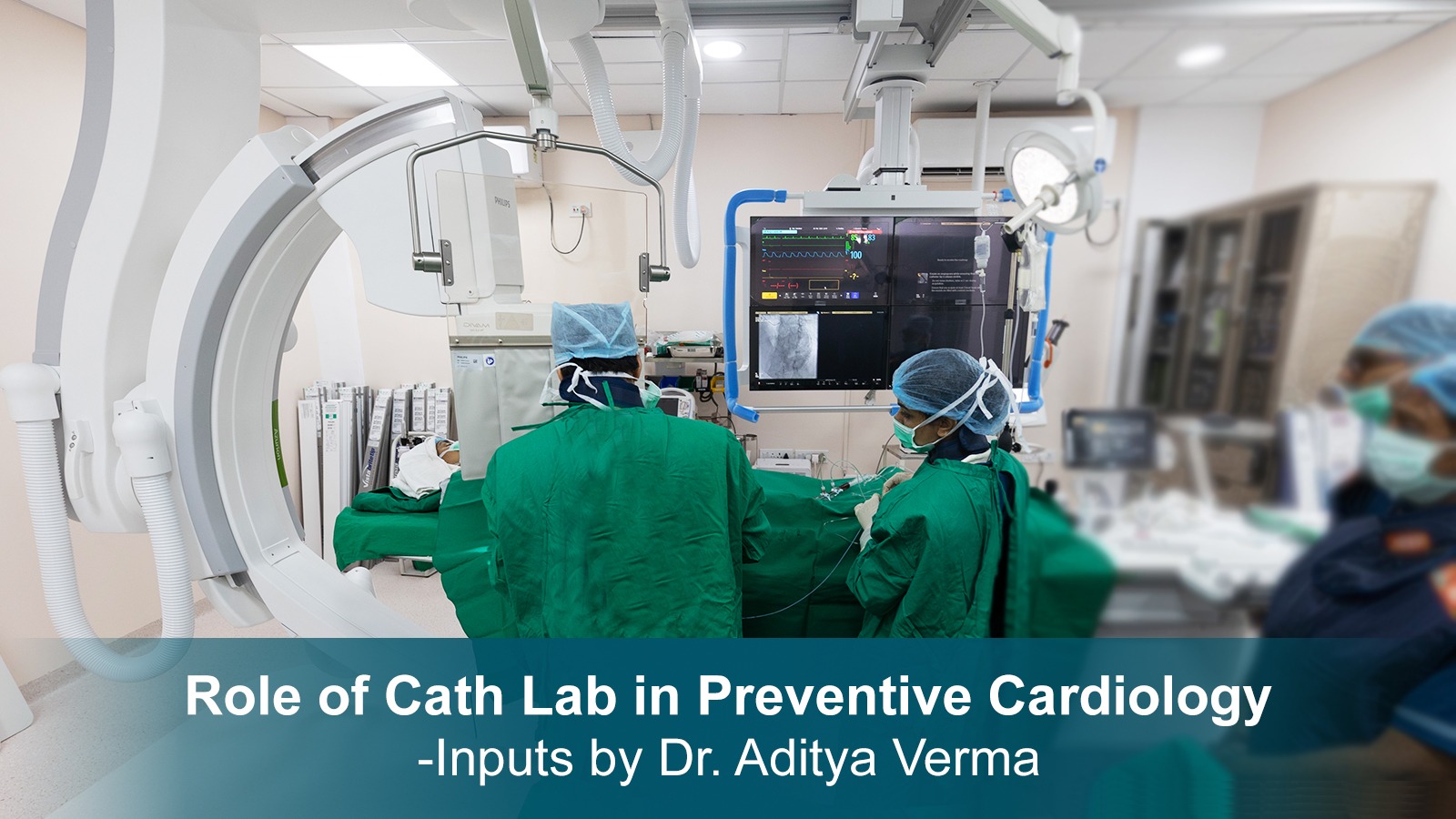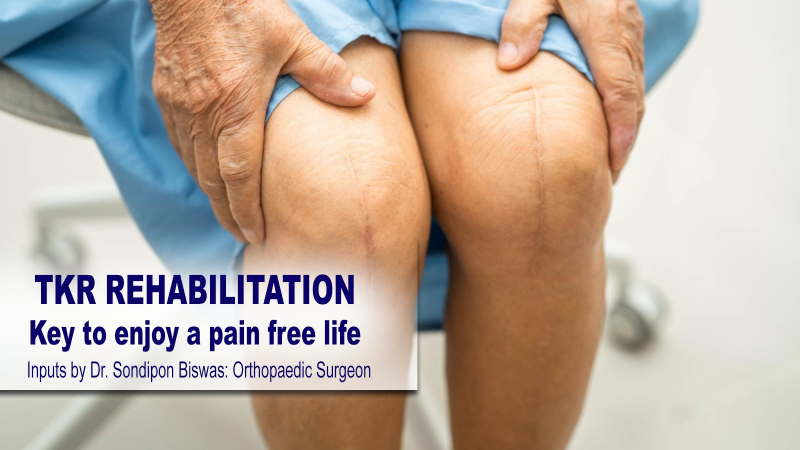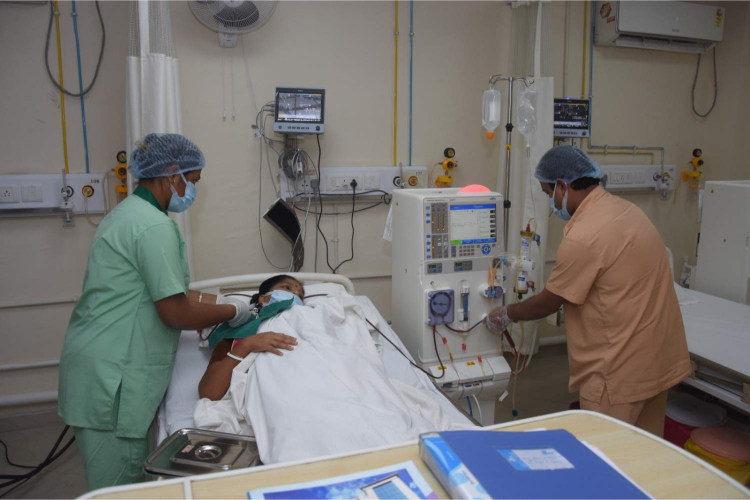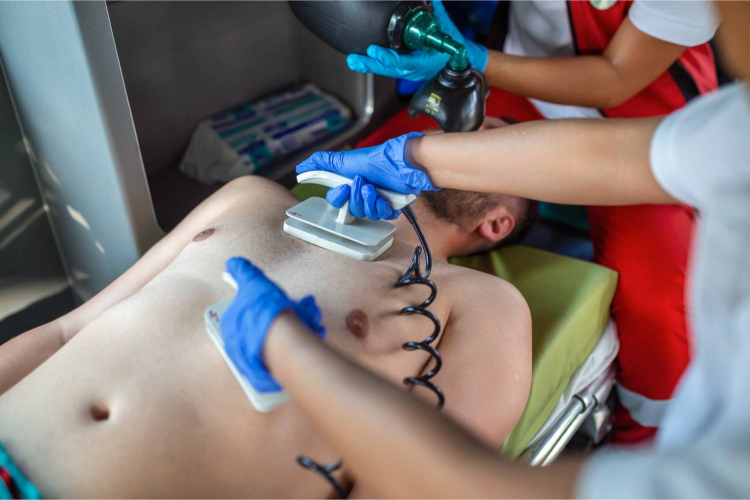The Role of Cath Lab in Preventive Cardiology: A Lifesaver for Your Heart
Heart disease is one of the leading causes of death worldwide. While lifestyle changes and regular check-ups play a crucial role in preventing heart problems, advanced medical technology has also made significant strides in early diagnosis and intervention. One such innovation is the Catheterization Laboratory, commonly known as the Cath Lab.
The Cath Lab is a specialized medical facility equipped with advanced imaging technology that helps doctors diagnose and treat heart conditions. While it is often associated with emergency treatments like angioplasty and stent placement, its role in preventive cardiology is just as vital. Let’s explore how the Cath Lab helps prevent major heart diseases and keeps your heart healthy.
Understanding Preventive Cardiology
Preventive cardiology focuses on identifying and addressing risk factors before they lead to severe heart diseases such as heart attacks or heart failure. It involves a combination of lifestyle changes, medications, and diagnostic procedures to detect early signs of cardiovascular problems.
The Cath Lab plays an essential role in preventive cardiology by providing early detection, risk assessment, and minimally invasive treatments to prevent future heart complications.
How Cath Lab Helps in Preventing Heart Diseases
1. Early Diagnosis with Advanced Imaging
Many people may have underlying heart issues without noticeable symptoms. The Cath Lab helps in early diagnosis through advanced imaging techniques like:
• Coronary Angiography: This test helps visualize the arteries of the heart and detect any blockages or narrowing that may lead to heart attacks.
• Fractional Flow Reserve (FFR): A specialized test that measures blood pressure inside the coronary arteries to assess the severity of a blockage.
• Intravascular Ultrasound (IVUS) and Optical Coherence Tomography (OCT): These techniques provide detailed images of the arteries, helping doctors understand plaque buildup and the risk of future blockages.
By detecting problems early, doctors can recommend lifestyle changes or medications to prevent worsening conditions.
2. Identifying High-Risk Patients
Not all patients with minor blockages need surgery or stents. The Cath Lab helps doctors assess who is at high risk for future heart attacks. By using non-invasive and minimally invasive tests, doctors can determine the likelihood of a patient developing severe cardiovascular disease and take preventive measures accordingly.
3. Minimally Invasive Interventions
If the Cath Lab identifies a blockage that may lead to a heart attack, doctors can perform minimally invasive procedures to restore normal blood flow before it becomes a life-threatening issue. These procedures include:
• Balloon Angioplasty: A small balloon is inserted into a narrowed artery and inflated to open the blockage.
• Stent Placement: A tiny metal tube (stent) is placed in the artery to keep it open and prevent future blockages.
These procedures are much safer than open-heart surgery and allow patients to recover quickly, reducing the chances of severe heart complications in the future.
4. Monitoring the Effectiveness of Medications
For people who are on medications to control cholesterol, blood pressure, or other heart-related conditions, the Cath Lab can be used to monitor how well these treatments are working. If necessary, doctors can adjust the medication plan or suggest additional preventive measures.
5. Guidance for Lifestyle Changes
Apart from medical interventions, the findings from a Cath Lab test provide valuable insights into a patient’s heart health. Doctors use this information to recommend specific lifestyle changes such as:
• Healthy Diet: Reducing saturated fats, sugar, and salt to prevent cholesterol buildup in arteries.
• Regular Exercise: Engaging in heart-friendly activities like walking, cycling, or swimming.
• Smoking Cessation: Quitting smoking to improve blood circulation and reduce the risk of artery blockages.
• Stress Management: Practicing relaxation techniques to lower the risk of heart diseases.
Who Should Consider a Cath Lab Evaluation?
While not everyone needs a Cath Lab test, certain people are at higher risk and may benefit from early evaluation, including:
• Individuals with a family history of heart disease
• People with high blood pressure, diabetes, or high cholesterol
• Smokers and those with an unhealthy lifestyle
• Individuals experiencing symptoms like chest pain, shortness of breath, or fatigue
• Patients who have undergone heart-related treatments in the past and need follow-up assessments
Conclusion
The Cath Lab is not just for treating emergencies; it plays a critical role in preventing heart disease by enabling early detection, assessing risks, and offering minimally invasive treatments. With advancements in technology, heart problems can now be identified and managed before they turn into life-threatening conditions.
If you are at risk for heart disease or have concerns about your heart health, consult a cardiologist at +91 80170 00093 / 80170 00094 or visit www.technoindiahealth.com and discuss preventive tests in the Cath Lab that can be a lifesaving decision. After all, prevention is always better than cure, especially when it comes to your heart!












.webp)
.webp)









